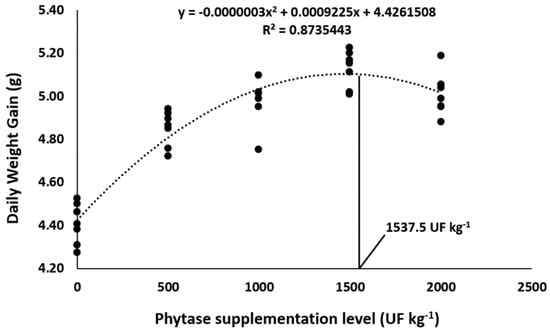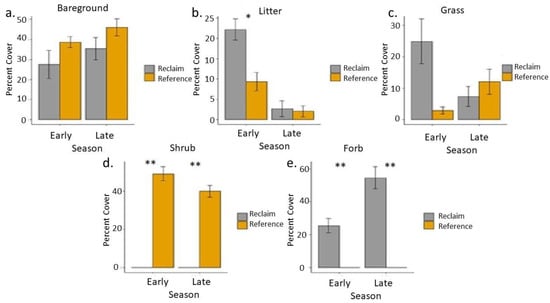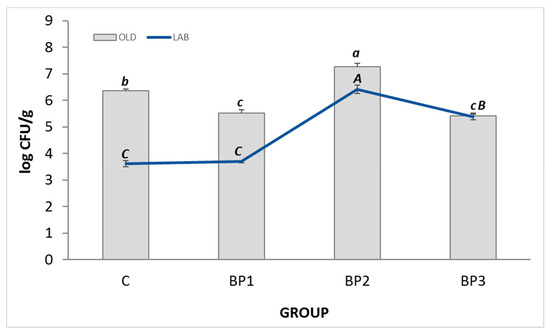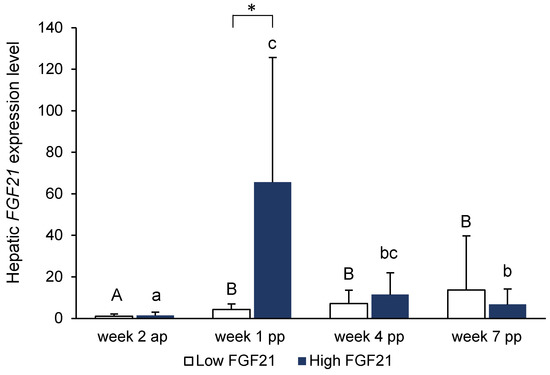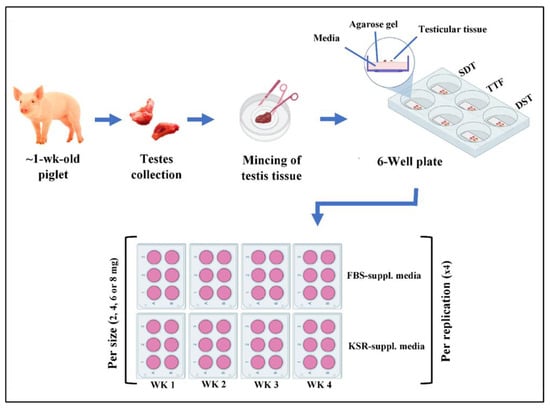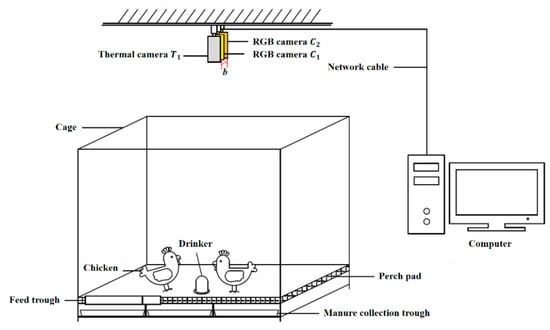1
CityU Veterinary Medical Centre, City University of Hong Kong, Kowloon, Hong Kong
2
Department of Veterinary Clinical Sciences, Jockey Club College of Veterinary Medicine, City University of Hong Kong, Kowloon, Hong Kong
3
Department of Veterinary Medicine and Surgery, Veterinary School, Universidade Federal de Minas Gerais, Belo Horizonte 31270-901, MG, Brazil
4
Clínica Veterinária Saúde Única, São Bernardo do Campo 09726-150, SP, Brazil
5
Department of Clinical Sciences, College of Veterinary Medicine, Cornell University, Ithaca, NY 14850, USA
6
Department of Veterinary Medicine, University of Cambridge, Cambridge CB3 0ES, UK
Animals 2023, 13(1), 139; https://doi.org/10.3390/ani13010139 - 29 Dec 2022
Cited by 6 | Viewed by 5035
Abstract
Repurposing drugs in oncology consists of using off-label drugs that are licensed for various non-oncological medical conditions to treat cancer. Repurposing drugs has the advantage of using drugs that are already commercialized, with known mechanisms of action, proven safety profiles, and known toxicology,
[...] Read more.
Repurposing drugs in oncology consists of using off-label drugs that are licensed for various non-oncological medical conditions to treat cancer. Repurposing drugs has the advantage of using drugs that are already commercialized, with known mechanisms of action, proven safety profiles, and known toxicology, pharmacokinetics and pharmacodynamics, and posology. These drugs are usually cheaper than new anti-cancer drugs and thus more affordable, even in low-income countries. The interest in repurposed anti-cancer drugs has led to numerous in vivo and in vitro studies, with some promising results. Some randomized clinical trials have also been performed in humans, with certain drugs showing some degree of clinical efficacy, but the true clinical benefit for most of these drugs remains unknown. Repurposing drugs in veterinary oncology is a very new concept and only a few studies have been published so far. In this review, we summarize both the benefits and challenges of using repurposed anti-cancer drugs; we report and discuss the most relevant studies that have been previously published in small animal oncology, and we suggest potential drugs that could be clinically investigated for anti-cancer treatment in dogs and cats.
Full article
(This article belongs to the Special Issue Advancement in Small Animals Oncology)
▼
Show Figures



